Genetically modified crops pose unique dangers? We’ve used nuclear energy to improve fruits, vegetables and grains for almost a century–including organic foods
Genetically modified crops pose unique dangers? We’ve used nuclear energy to improve fruits, vegetables and grains for almost a century–including organic foods

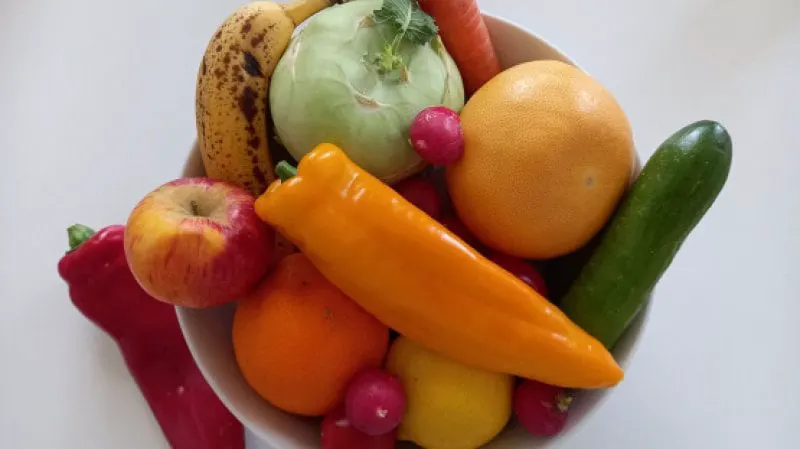
The IAEA, in cooperation with the Food and Agriculture Organization of the United Nations (FAO), supports countries to produce fruits and vegetables under challenging environmental conditions and helps them meet and maintain international food safety requirements to retain and expand their export markets, with the use of nuclear techniques. As the United Nations’ International Year of Fruits and Vegetables officially comes to a close today, here are some highlights of the achievements from the Joint FAO/IAEA Centre of Nuclear Techniques in Food and Agriculture over the last year, in support of farmers, traders, consumers and ecosystems.
Nuclear techniques for more resilient plants
Since 2009, FAO/IAEA collaboration has helped over a hundred countries enhance their ability to improve food production and security through plant mutation breeding, which uses irradiation to produce higher quality and higher yielding plant varieties, as well as varieties that have greater resilience to climate change and environmental stresses. In 2021, the Joint FAO/IAEA Centre provided technical support for the development and release of 36 new plant varieties during the year.
In 2021, Cuba, facing rising temperatures, changing rainfall patterns, longer periods of droughts and the intrusion of salty waters along coastal areas, harvested new crop varieties of tomato and soybean for the first time with improved yields thanks to this technique. These varieties followed 21 other crop varieties in previous years, including rice, green beans and a species of hibiscus, developed by Cuba’s National Institute of Agricultural Science (INCA) in partnership with the Joint FAO/IAEA Centre, through breeding programmes using irradiation and biotechnology.
The Joint FAO/IAEA Center works to explore innovative new technologies to accelerate the pace at which new and improved crop varieties can be developed for food security and climate change adaptation. These technologies include the use of newer sources of irradiation, genomics technologies, big data and artificial intelligence.
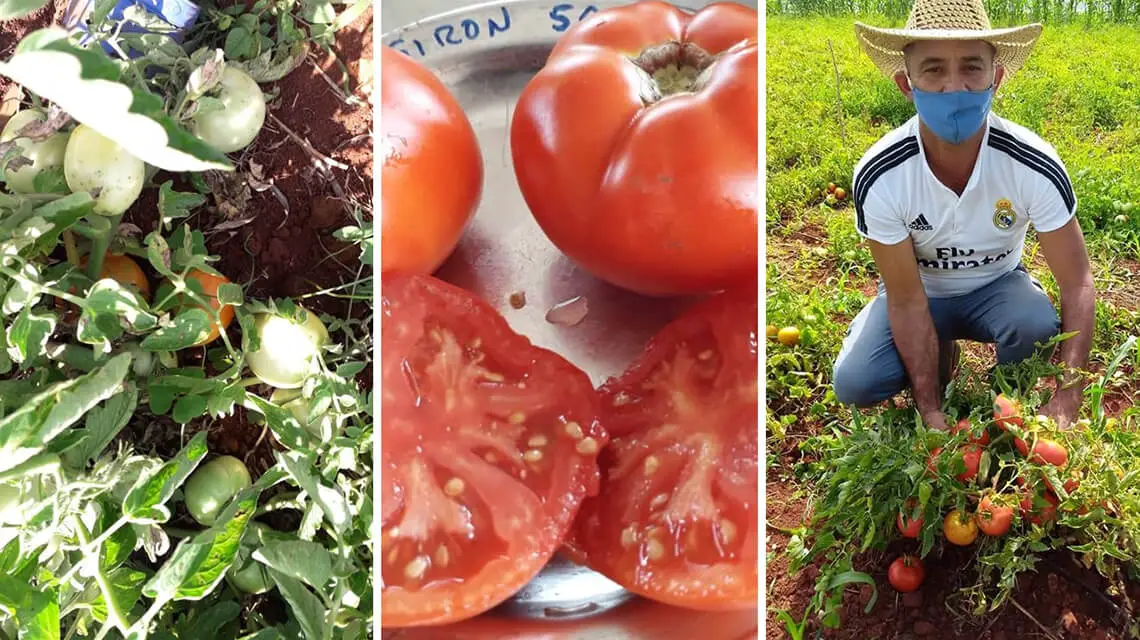
Nuclear techniques to the rescue of bananas
Bananas are among the most produced, traded and consumed fruits globally, according to the FAO. About 150 million tons of bananas are produced per year, mostly in Asia, Africa and South and Central America, and their trade worldwide has expanded to unprecedented heights in recent years.
In late August 2021, the Andean countries of Bolivia, Colombia, Ecuador and Peru reached out to the IAEA for help in combatting the spread of the latest variation of the Panama wilt, the most lethal banana disease in the world. With the Joint FAO/IAEA Centre’s support, experts in South America have been using the nuclear-derived technique of polymerase chain reaction (PCR) – or DNA sequencing – for early detection of the disease in new areas, to help halt the spread.
To prevent future outbreaks, experts in the Asia Pacific region participating in a Coordinated Research Project of the Joint FAO/IAEA Centre have developed banana lines with resistance to disease using irradiation. One banana variety with resistance to the Fusarium Wilt was also developed through mutation breeding as part of the project last year.
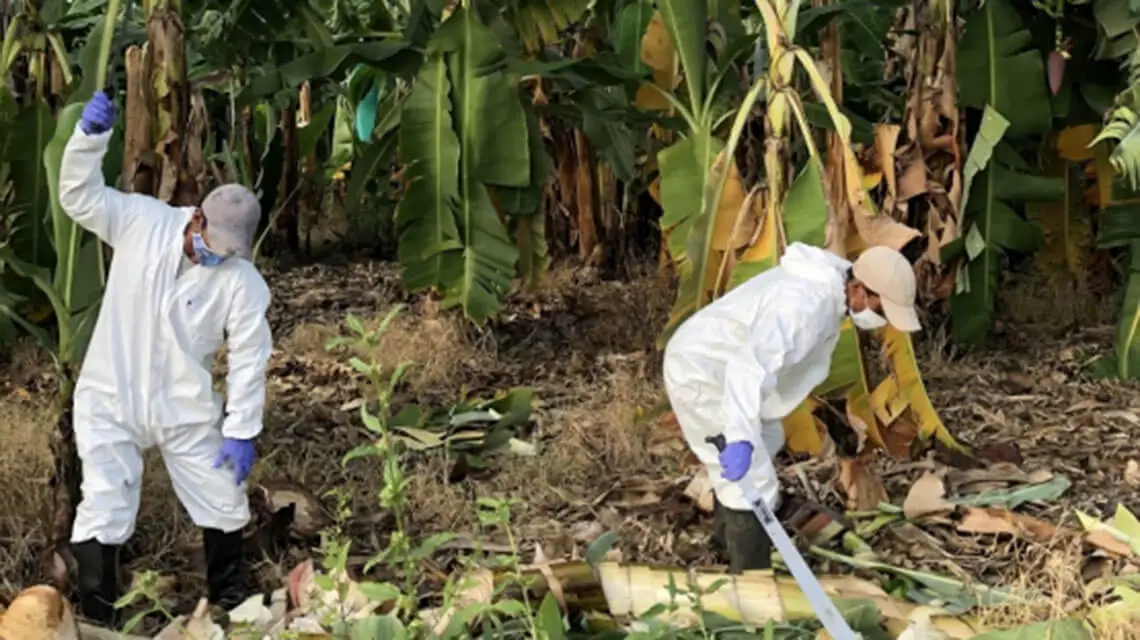
Shortage of water is currently the most limiting factor for banana production worldwide, and with temperatures increasing due to climate change this is foreseen to get worse. In 2021, experts and PhD students took part in a research project at the Joint FAO/IAEA Centre on the use of stable isotopic techniques in assessing drought stress in banana crops. Their findings, which showed that stable carbon isotopes and leaf temperature were highly sensitive indicators for drought stress in banana, were published in Agricultural Water Management journal this month.

Nuclear techniques for suppressing agricultural pests
Ecuador, whose fruit and vegetable export portfolio includes bananas, plantain, mangoes and more recently dragon fruit, tree tomatoes and goldenberries, kept pests under control last year by importing 3 million sterile male Mediterranean fruit flies each week from Guatemala. The male flies – sterilized by radiation with the Sterile Insect Technique (SIT), a type of birth control for insects – were released to mate with wild females, resulting in no offspring and a decline in the target insect population. The Joint FAO/IAEA Centre trained Ecuadorian agronomists to monitor and control the fruit fly populations using SIT within a framework of a National Fruit Fly Management Project. SIT has been used for over 60 years to suppress and eradicate agricultural pests such as the Mediterranean fruit fly.
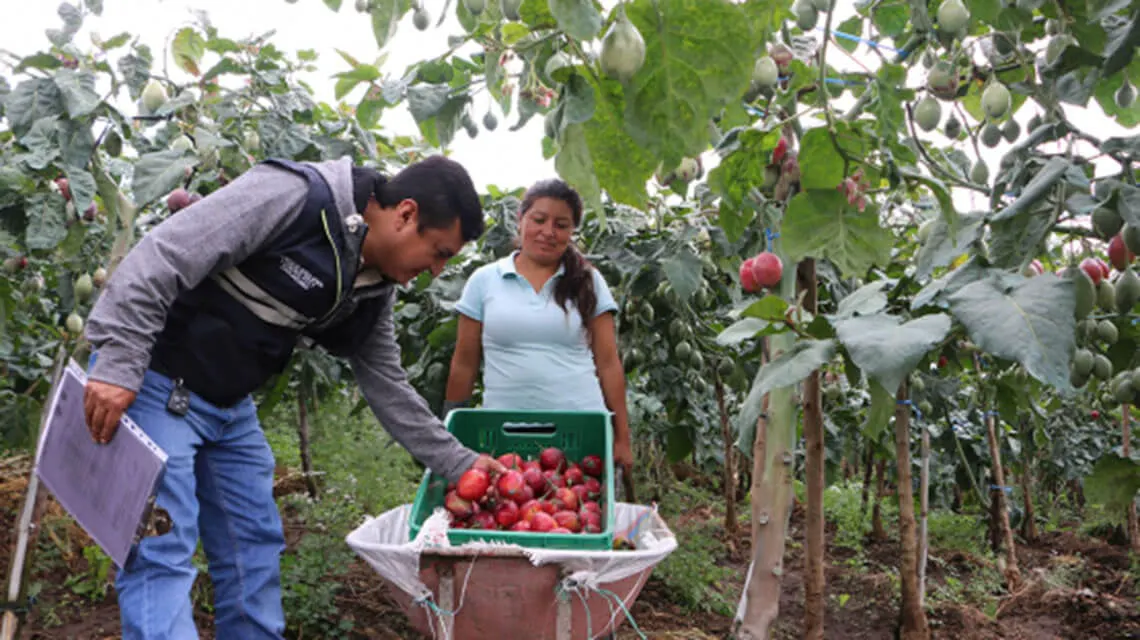
To keep insect pests at bay, Mexico last year opened a new state of the art Mediterranean fruit fly facility with FAO/IAEA support, which produces one billion sterile flies a week. The facility’s establishment helps to consolidate the current pest containment barrier at Mexico’s border with Guatemala, after the Mediterranean fruit fly eradication from Mexico in 1982.
Last year the FAO and the IAEA also released a publication highlighting advances in use of nuclear techniques to fight insect pests titled ‘Sterile Insect Technique: Principles and Practice in Area-Wide Integrated Pest Management’. The 1200-page publication covers the latest developments in the use of the SIT in detail, including economic, environmental and management considerations.
Nuclear techniques to support food safety
The Joint FAO/IAEA Center also helps countries to meet food safety requirements for export and to protect consumer health. It does this through training and technology transfer relating to nuclear and isotopic techniques, to support the detection of contaminants in food, and the post-harvest applications of food irradiation. Food irradiation involves gamma, electron beam or X ray irradiation that prevents insects from being able to reproduce and establish in new areas after export. It is a chemical-free way of enabling trade while meeting importers’ requirements on food safety, and is used on a range of products including fruits and vegetables.
In 2021, the Joint FAO/IAEA Centre launched a new coordinated research project to study nine pest groups important for fruits and vegetable trade, and supported Algeria, among other countries, to enhance food safety analytical capabilities for the detection of chemical hazards, such as antimicrobial and pesticide residues and natural toxins in a range of foods, including dates. In 2020, Algeria was the world’s sixth leading exporter of dates, worth approximately USD 129 million.
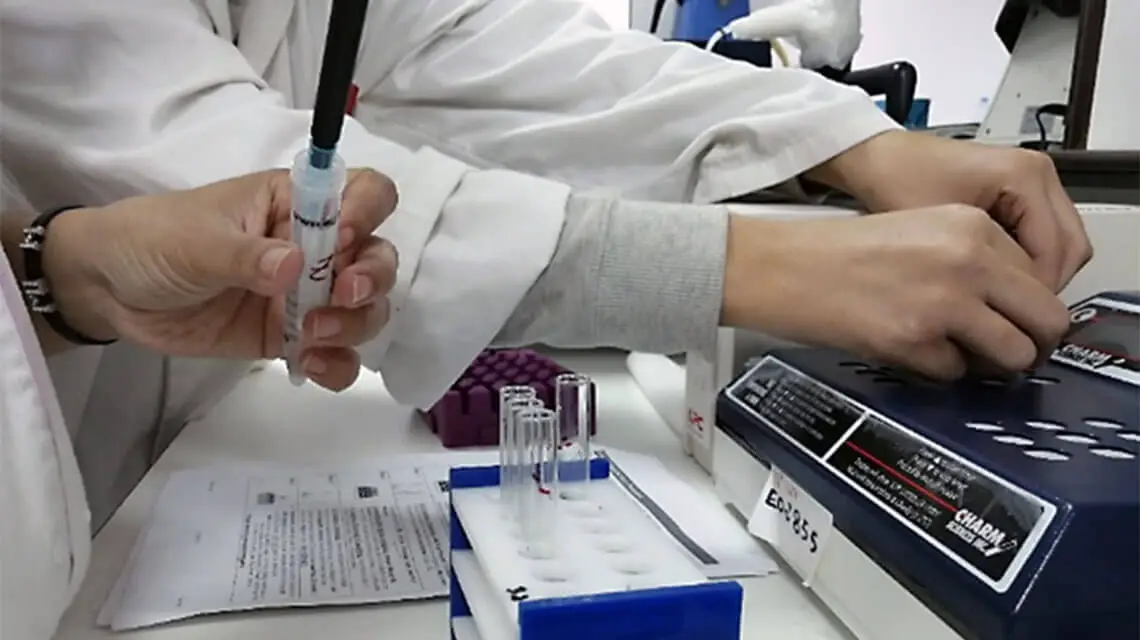
Last year, the Joint FAO/IAEA Centre also kept supporting farmers around the world to develop climate-smart agriculture practices (see CRP on greenhouse gases in agriculture), reduce the use of fertilizer, combat desertification and prevent contamination by pollutants present in the soil or water. It also kept helping internally displaced people in Nigeria grow cucumber, watermelon and okra with reduced water use.
Moving ahead to 2022, in July the IAEA will host its International Symposium on Managing Land and Water for Climate-smart Agriculture to further help countries improve agricultural practices for a range of crops including fruits and vegetables, within a changing climate.
Elodie Broussard works in the IAEA Office of Public Information and Communication.
A version of this article was posted at the International Atomic Energy Agency and is used here with permission. You can follow teh International Atomic Energy Agency on Twitter @iaeaorg

 | Videos | More... |

Video: Nuclear energy will destroy us? Global warming is an existential threat? Chemicals are massacring bees? Donate to the Green Industrial Complex!
 | Bees & Pollinators | More... |

GLP podcast: Science journalism is a mess. Here’s how to fix it

Mosquito massacre: Can we safely tackle malaria with a CRISPR gene drive?

Are we facing an ‘Insect Apocalypse’ caused by ‘intensive, industrial’ farming and agricultural chemicals? The media say yes; Science says ‘no’
 | Infographics | More... |

Infographic: Global regulatory and health research agencies on whether glyphosate causes cancer
 | GMO FAQs | More... |

Why is there controversy over GMO foods but not GMO drugs?

How are GMOs labeled around the world?

How does genetic engineering differ from conventional breeding?
 | GLP Profiles | More... |

Alex Jones: Right-wing conspiracy theorist stokes fear of GMOs, pesticides to sell ‘health supplements’




 Viewpoint — Fact checking MAHA mythmakers: How wellness influencers and RFK, Jr. undermine American science and health
Viewpoint — Fact checking MAHA mythmakers: How wellness influencers and RFK, Jr. undermine American science and health Viewpoint: Video — Big Solar is gobbling up productive agricultural land and hurting farmers yet providing little energy or sustainabilty gains
Viewpoint: Video — Big Solar is gobbling up productive agricultural land and hurting farmers yet providing little energy or sustainabilty gains Trust issues: What happens when therapists use ChatGPT?
Trust issues: What happens when therapists use ChatGPT? Fighting deforestation with CO2: Biotechnology breakthrough creates sustainable palm oil alternative for cosmetics
Fighting deforestation with CO2: Biotechnology breakthrough creates sustainable palm oil alternative for cosmetics California, Washington, Oregon forge immunization alliance to safeguard vaccine access against federal undermining
California, Washington, Oregon forge immunization alliance to safeguard vaccine access against federal undermining 30-year-old tomato line shows genetic resistance to devastating virus
30-year-old tomato line shows genetic resistance to devastating virus The free-range chicken dilemma: Better for birds, but with substantial costs
The free-range chicken dilemma: Better for birds, but with substantial costs ‘You have to treat the brain first’: Rethinking chronic pain with Sanjay Gupta
‘You have to treat the brain first’: Rethinking chronic pain with Sanjay Gupta
